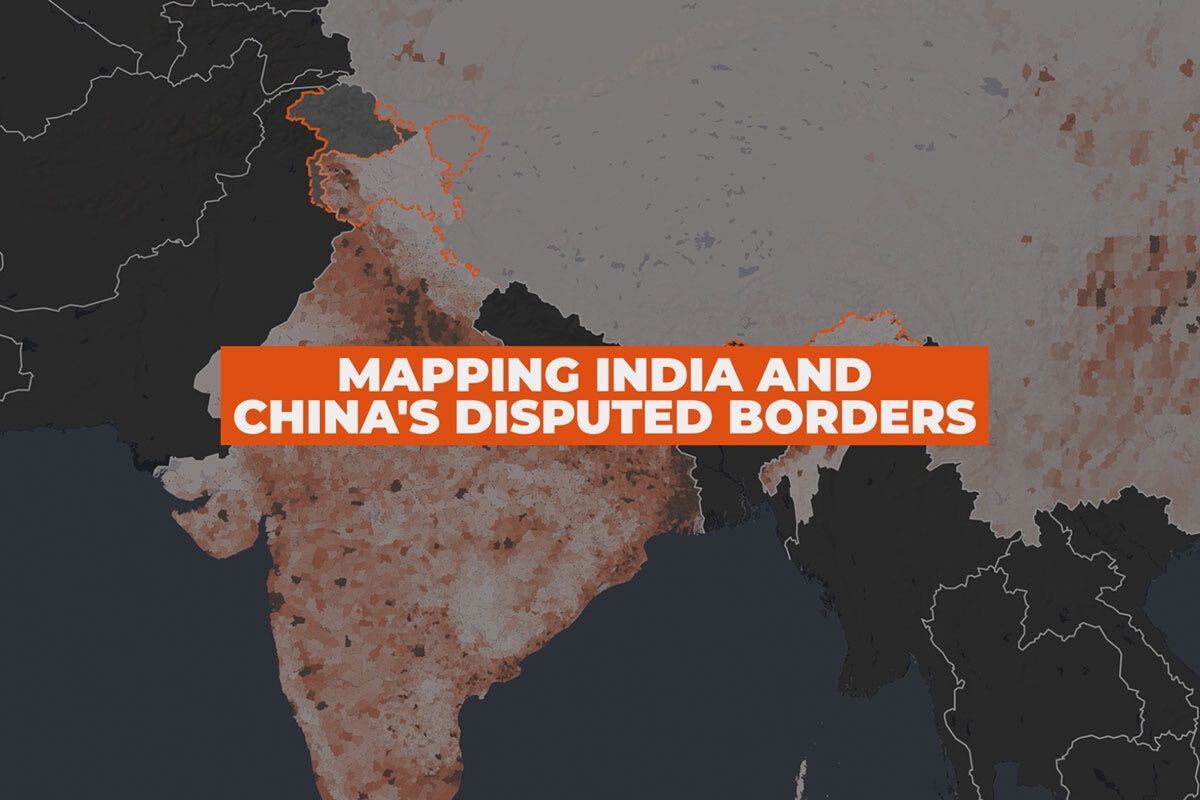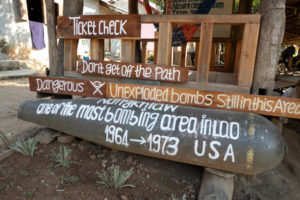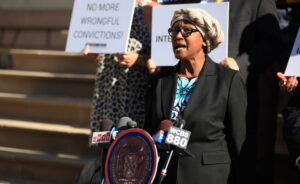
Image Credit: Sorin Fucoi/wbmirror.com
Trigger Warnings : Violence and War Crimes.
New Delhi, India – Upon Russia’s intervention, India’s External Affairs minister, Subrahmanyam Jaishankar, and Chinese Foreign Minister Wang Yi reiterated in September that both countries should continue their dialogue, ease tensions, and abide by military border patrol agreements.
This agreement was a significant step in preventing further escalation of the spiraling conflict between the two nations. Part Two of our article examines the recent border control issues between India and China.
The Situation in 2020
The Indo-China border is currently under militarization with approximately 50,000 troops in the area. Four months ago, China surprised India and Tibet by deploying thousands of troops in Ladakh (a region in northernmost India bordering Tibet and Pakistan-occupied Kashmir). The clash turned violent when 20 Indian soldiers died in the Galwan area. There is no proof of any casualties on the Chinese side, so far.
Tensions escalated when India responded by moving troops to the hilltops around Lake Pangong Tso. In response to the Chinese incursions, an Indian special operations battalion seized a Chinese camp during a stealth operation. These troops were part of the Special Frontier Forces (SFF), an Indian special military-operations unit. The majority of the troops at SFF, belong to the Tibetan refugee community in India. This community includes Nepalese Gurkhas.
India also started construction projects on its side of the border areas. This construction triggered an aggressive response from China because it has been building infrastructure throughout the disputed areas linking China with Pakistan as part of the China Pakistan Economic Corridor. The Chinese government has accused India of trying to undermine China’s territorial sovereignty.
How Is This Conflict Politically Different?
This clash comes at a time when India, like many nations around the world, is dealing with the coronavirus outbreak. Dr. Anuradha Aggarwal, an expert on the Indo-China border issues, told Current Affairs Times that China is choosing to assert matters of sovereignty while other nations are grappling with the outbreak. This dispute reflects how the Indo-U.S. relationship strengthens while the U.S.-China relationship has flat-lined amid the pandemic.
Will Tensions Escalate?
Both governments rejected U.S. President Donald Trump’s intervention in the matter. Professor Srikant Kondapalli, an expert on the Indo-China dispute, told Current Affairs Times that lack of demobilization of the troops at the border indicates renewed tension. In the past, plans to disengage by both countries led to severe clashes.
The real question is when will the Tibetans get the recognition that they deserve?
Image Credit: Sorin Fucoi/wbmirror.com
Sources:
- “Analysis | Why Chinese and Indian Troops Are Clashing, Again”
- “Border tussle has debunked the myth of asymmetry in power”
- “India and China are edging towards a more serious conflict”
- “India’s Tibetan Special Frontier Force sent to disputed China border”
- “Himalayan pullback: The tense history of Indo-China border”
- The Current Affairs Times exclusively interviewed Professor Srikant Kondapalli.
- The Current Affairs Times exclusively interviewed Dr. Anuradha Aggarwal.
Afia is a lawyer, journalist, an avid traveler, an avid reader, a foodie, and an amateur singer. She enjoys instrumental music with her glass of wine ?






